SOURCE: AFI

Group Captain K Nachiketa Rao (Retd) is a name that resonates with courage and resilience in the annals of Indian Air Force history. His harrowing experience as a prisoner of war during the Kargil conflict and his subsequent journey is a testament to his unwavering spirit and dedication to his nation.
During the Kargil War, on May 27, 1999, Nachiketa was tasked with carrying out an airstrike on Pakistani positions in the Batalik sector. The target was a significant enemy logistics hub at a place called Munthu Dhalo. Nachiketa, piloting a single-engine MiG-27 aircraft, was airborne with his leader, firing rockets at the target when disaster struck. The ingestion of gas into the air intakes led to an engine failure. Despite multiple attempts to restart the engine, it became evident that the aircraft was not going to recover. At an altitude of 15,000 feet, Nachiketa had no choice but to eject.
Continue readingSOURCE: AFI
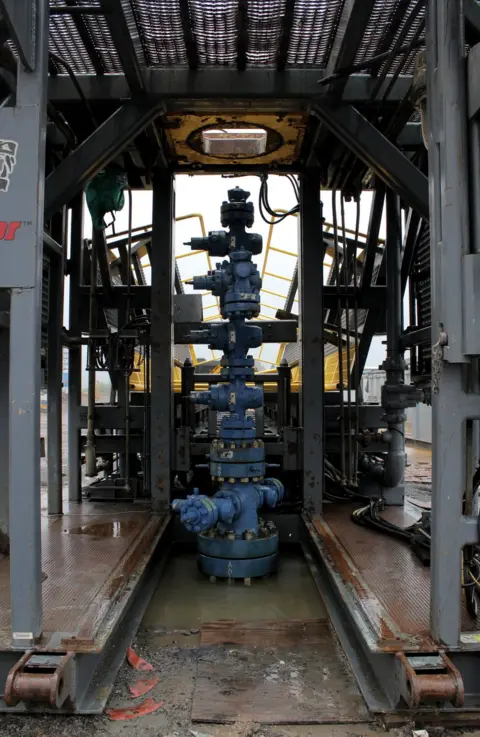
The quietude of Gothane, a nondescript village nestled atop a plateau near the Koyna Dam, belies its pivotal role in unraveling the mysteries of seismic activity. This unassuming locale has transformed into a scientific frontier, where geologists and engineers are embarking on a daring expedition into the Earth’s crust.
A decade ago, Gothane witnessed the drilling of a 3-kilometer-deep borehole, a monumental undertaking that provided invaluable insights into the Koyna region’s geological makeup and the mechanics of earthquakes. The project revealed the area’s susceptibility to seismic activity, emphasizing the need for further exploration.
Continue readingSOURCE: IDRW.ORG TEAM
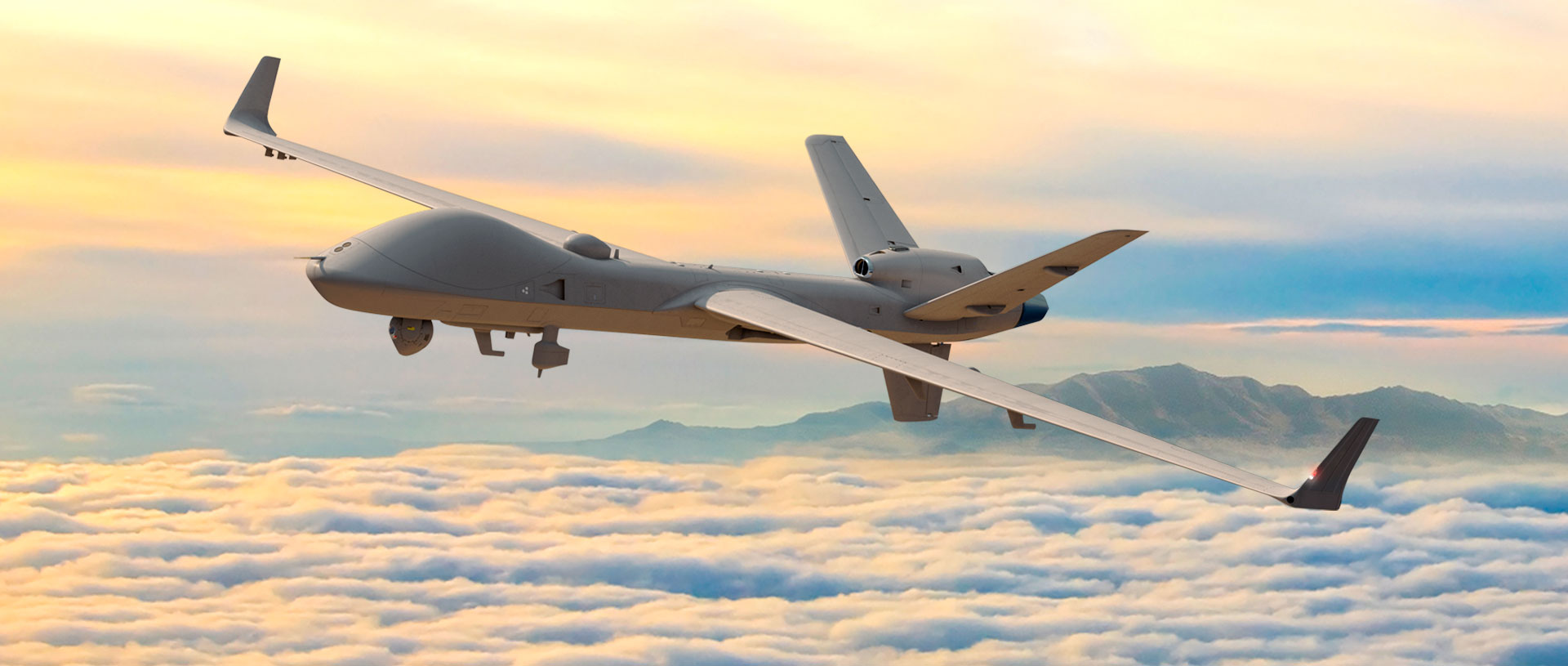
India is inching closer to acquiring 31 MQ-9B High Altitude Long Endurance (HALE) Unmanned Aerial Vehicles (UAVs) from the United States. The Defence Acquisition Council (DAC), chaired by Defence Minister Rajnath Singh approved amendments to the deal with General Atomics.
These amendments, according to a defence source, are within the scope of the initial agreement and primarily focus on increasing indigenous content. The US has already completed its formalities, including delivering the Letter of Offer and Acceptance to India in early March. India is now in the final stages of the procurement process before the deal is signed by the Cabinet Committee on Security.
Continue readingSOURCE: IDRW.ORG TEAM
.jpg)
Bharat Earth Movers Limited (BEML) is undergoing a strategic transformation, with a focus on expanding its footprint in the naval, maritime, aerospace, and tank engine sectors.
In a recent statement, the company revealed that it has established dedicated business units for each of these domains over the past six to eight months. BEML envisions these units contributing a substantial 8-10% of the company’s overall revenue in the coming years.
Continue readingSOURCE: AFI
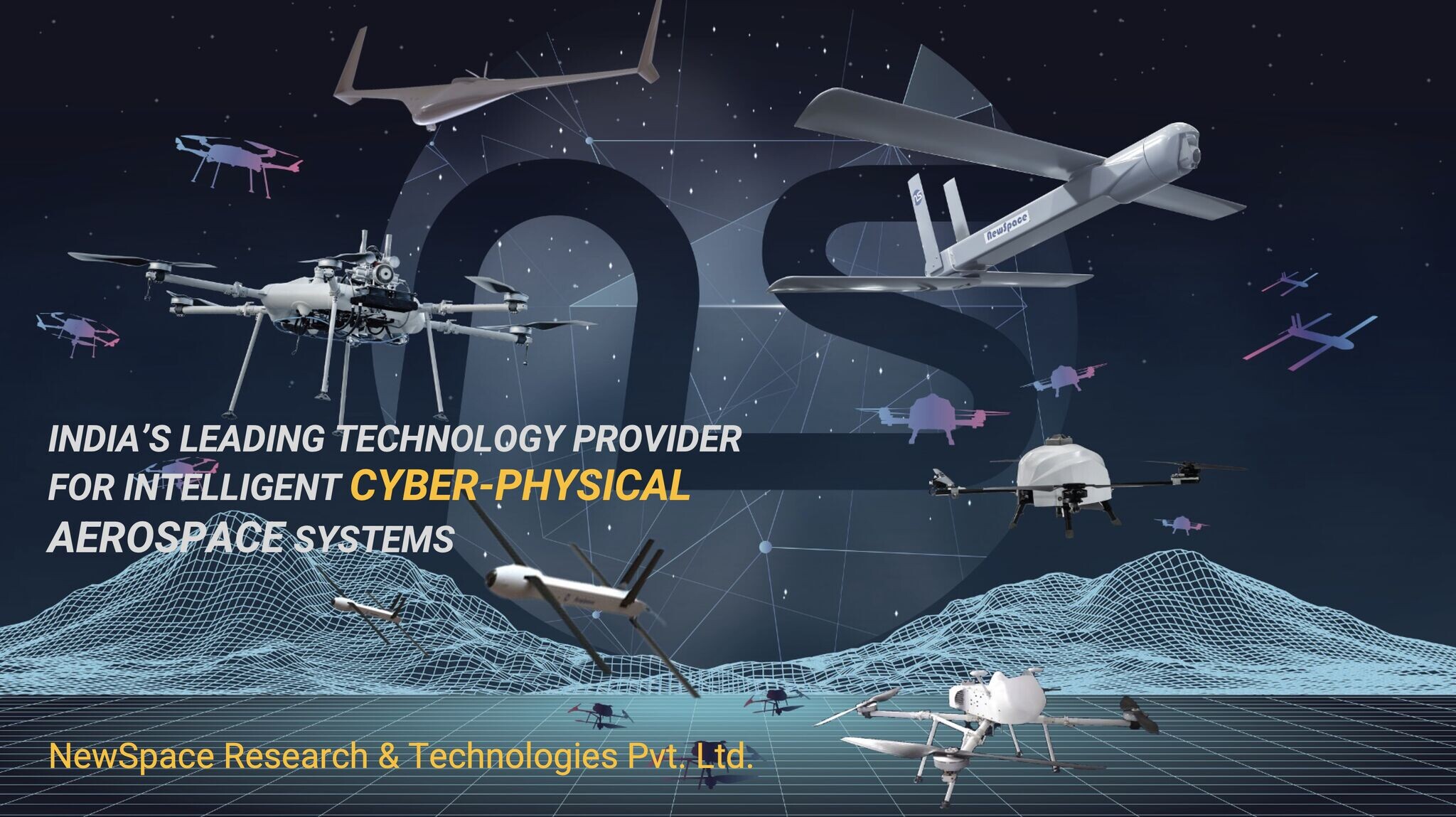
In a significant boost to India’s burgeoning space and defence sectors, the Department for Promotion of Industry and Internal Trade (DPIIT) has granted a defence license to Bangalore-based NewSpace Research and Technologies. The license, issued under the Industries (Development and Regulation) Act, 1951, empowers the company to manufacture a wide range of aerospace and defence equipment, including autonomous systems, UAVs, collective robotics, artificial intelligence systems, and payloads.
This development underscores the Indian government’s commitment to fostering a robust domestic defence industry. By granting the defence license to NewSpace Research and Technologies, the DPIIT has paved the way for the company to contribute significantly to India’s self-reliance in critical defence technologies.
Continue readingSOURCE: AFI
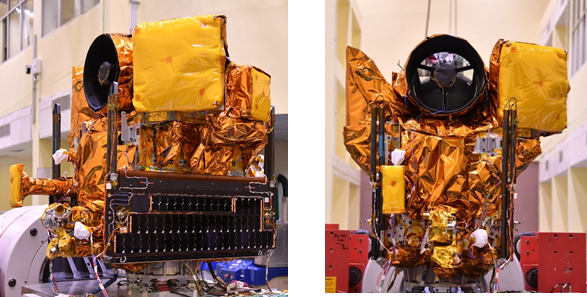
The Indian Space Research Organisation (ISRO) is gearing up for the launch of its latest Earth Observation Satellite, EOS-08, aboard the Small Satellite Launch Vehicle (SSLV)-D3. This mission, which signifies a substantial leap in satellite technology, has several key objectives: the design and development of a microsatellite, the creation of payload instruments compatible with the microsatellite bus, and the incorporation of new technologies essential for future operational satellites.
EOS-08 is constructed on the Microsat/IMS-1 bus and carries three sophisticated payloads:
Continue readingSOURCE: AFI

The Indian Air Force (IAF) is set to make history as it hosts Tarang Shakti, a monumental multinational air exercise that promises to be a spectacular display of aerial might and international cooperation. This grand event will see the participation of air forces from around the world, coming together to engage in a series of complex and challenging aerial maneuvers.
Tarang Shakti is not just an exercise; it’s a meticulously choreographed aerial ballet. Participants will engage in a wide spectrum of combat scenarios, pushing the boundaries of aviation capabilities. Key highlights of the exercise include:
Continue readingSOURCE: AFI

A significant stride towards India’s burgeoning space economy has been taken with the Indian National Space Promotion and Authorisation Centre (IN-SPACe) inviting non-government entities (NGEs) to establish a geosynchronous orbit (GSO) communication satellite system.
This groundbreaking move by the nodal agency under the Department of Space aims to encourage private sector participation in India’s space sector. By issuing an Announcement of Opportunity (AO), IN-SPACe is actively seeking applications from capable NGEs to leverage the potential of the GSO for various communication applications.
Continue readingSOURCE: AFI

The Indo-US Axiom-4 mission is poised to enhance, rather than delay, the much-anticipated Gaganyaan mission, according to Dr. S Somanath, Chairman of the Indian Space Research Organisation (ISRO). In an exclusive interview with NDTV, Dr. Somanath detailed how the Axiom-4 mission, involving an Indian astronaut’s journey to the International Space Station (ISS), will significantly contribute to India’s understanding and capabilities in human spaceflight.
Group Captain Shubhanshu Shukla is slated to fly to the ISS as part of the Axiom-4 mission, expected to launch in the middle or end of next year. This mission will be instrumental in bolstering India’s preparations for its own crewed spaceflight under the Gaganyaan program. Dr. Somanath emphasized that the two missions are independent in terms of their progress and timelines. Any delays in Gaganyaan are attributed to the qualification of certain systems, unrelated to the ISS mission.
Continue readingSOURCE: RAUNAK KUNDE / NEWS BEAT / IDRW.ORG
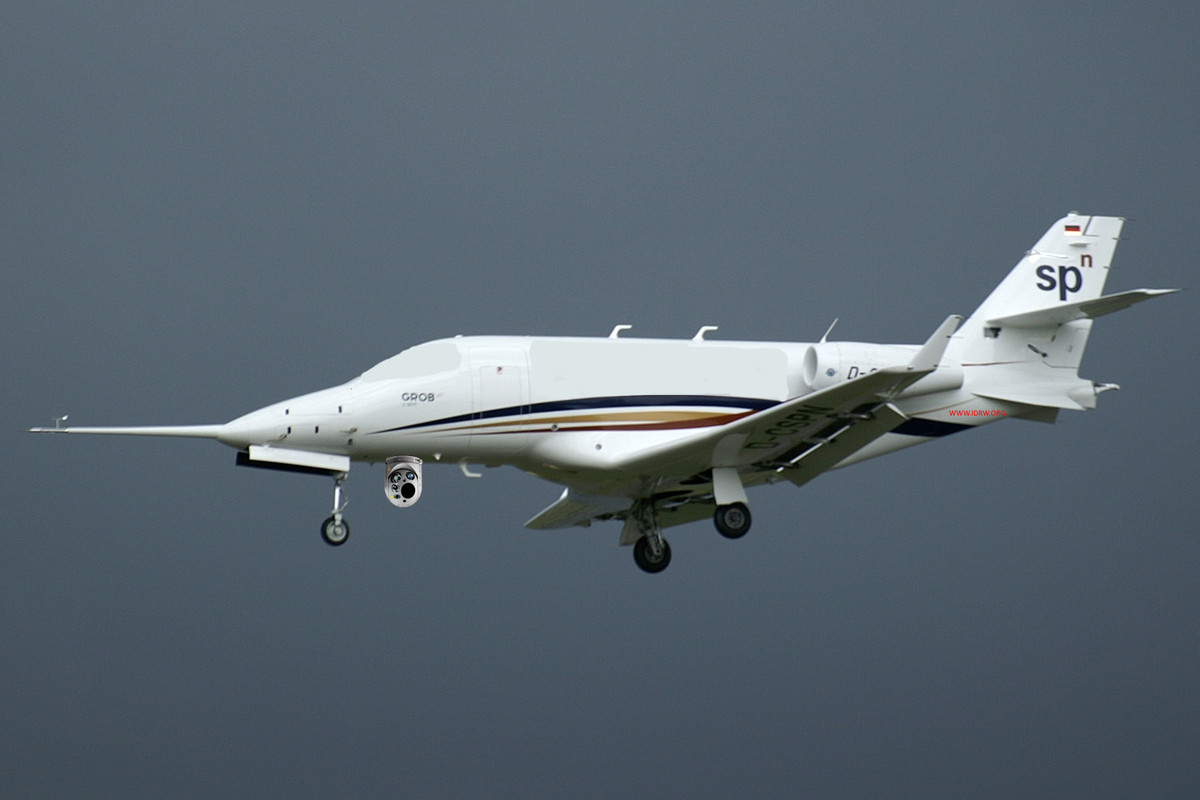
Tata Advanced Systems Limited (TASL) is set to make a significant stride in India’s defence manufacturing sector with the planned rollout of its first Grob G 180 aircraft by 2026. This twin-engine, high-altitude aircraft will be customized to serve as an Electronic Intelligence (ELINT) platform, a critical asset for modern militaries.
In a strategic move, the Tata Group acquired the intellectual property rights in 2021 for the German-origin Grob G 180 SPn, a platform that never reached full-scale production. TASL plans to leverage this foundation to develop and manufacture an indigenous military aircraft tailored to Indian requirements.
Continue readingSOURCE: RAUNAK KUNDE / NEWS BEAT / IDRW.ORG

After rigorous internal trials spanning nearly three years, the Indian Army is poised to place a substantial order for the indigenously developed Wheeled Armoured Platform (WhAP) 8×8. Reports suggest the order could be in the hundreds.
Developed jointly by DRDO and Tata Advanced Systems, the WhAP 8×8 is a versatile platform with amphibious capabilities, making it suitable for a wide range of operational scenarios. The Army has already inducted a smaller batch of Infantry Protected Mobility Vehicles (IPMVs), a stripped-down version of the WhAP without amphibious features. However, the platform’s full potential has been extensively evaluated through testing of a dedicated WhAP 8×8 prototype.
Continue readingSOURCE: RAUNAK KUNDE / NEWS BEAT / IDRW.ORG
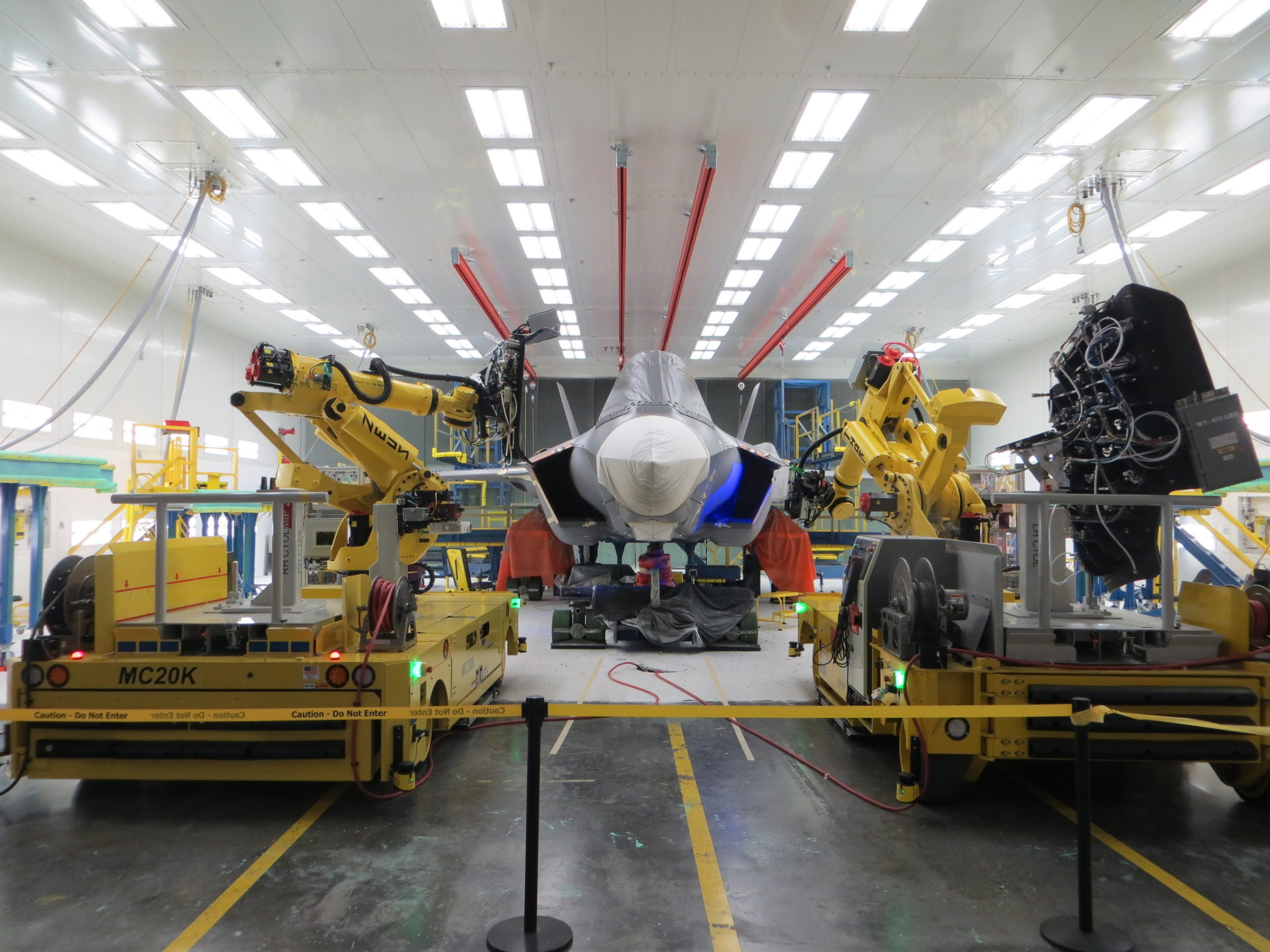
Hindustan Aeronautics Limited (HAL) is gearing up to significantly enhance its manufacturing capabilities through substantial investments in automation technology. This strategic move is aimed at reducing the acquisition cost of future fighter jets, particularly the upcoming Advanced Medium Combat Aircraft (AMCA).
The Indian Ministry of Defence is concurrently engaged in discussions with a private sector company to integrate it into the final assembly line of the AMCA, scheduled to commence production in 2033-34. This collaboration marks a significant step towards leveraging private sector expertise in the aerospace domain.
Continue readingSOURCE: AFI

In a spectacular display of India’s growing air prowess, the indigenous Light Combat Aircraft (LCA) Tejas successfully intercepted Eurofighter Typhoons and Rafale jets from Germany, Spain, and France, respectively. These advanced fighter aircraft were en route to Sulur for the multinational exercise, Tarang Shakti.
The interception was carried out by none other than Air Force Vice Chief Air Marshal AP Singh, who was piloting the Tejas. Adding to the significance of the encounter, the German aircraft was flown by German Air Force Chief Lt Gen Ingo Gerhartz himself.
Continue readingSOURCE: AFI

The recent capsizing of INS Brahmaputra in harbor has prompted the Indian Navy to convene a Board of Inquiry (BoI) to investigate the incident. While the BoI’s findings will take time, here is an analysis from a fire fighting and damage control specialist’s perspective on what could have potentially gone wrong.
A ship undergoing refit is at a higher risk of fire due to many of its systems being under repair. This period is marked by “Hot Work” activities such as welding and gas cutting occurring at multiple locations onboard, which increases the likelihood of fires. Although common, such fires can be effectively managed with prompt action and appropriate fire extinguishers. Problems arise when these conditions are not met, allowing fires to grow uncontrollably.
Continue readingSOURCE: AFI
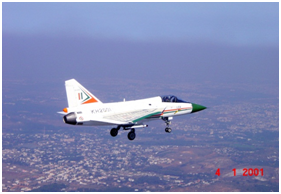
In a recent address at the Indian Institute of Science (IISc), Bangalore, Dr. Kota Harinarayana, the visionary behind India’s Light Combat Aircraft (LCA) Tejas, unveiled the extraordinary challenges faced during the program’s inception.
The first flight of the LCA’s Technology Demonstrator (TD1) in 1998 was a monumental achievement, but it was accomplished under the most daunting circumstances. Coinciding with India’s nuclear tests, the nation found itself under stringent US sanctions, leaving the LCA project in a precarious position.
Continue reading